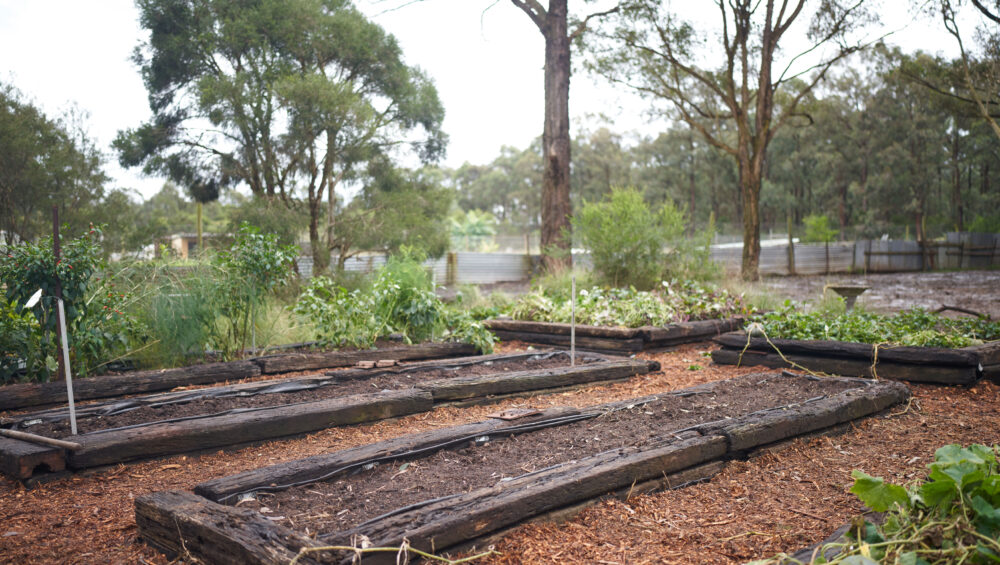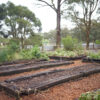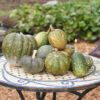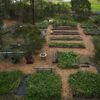If you’re thinking about starting a vegetable garden, one of the most important decisions you’ll need to make is what materials to use for your garden beds. The right materials can help ensure healthy and productive plants, while the wrong ones can lead to poor yields, soil contamination, and even harm to human health. In this blog, we’ll discuss some of the best options for creating a healthy and thriving vegetable garden.
- Untreated Wood
Untreated wood is a great choice for creating garden beds. It’s inexpensive, easy to work with, and can be a natural addition to your garden aesthetic. Be sure to avoid using pressure-treated or chemically-treated wood, which can leach harmful chemicals into the soil and harm your plants. We sell new untreated Railway Sleepers which are perfect for your home veggie patch.
- Raised Bed Kits
If you’re looking for a more convenient option, raised bed kits are a great choice. These kits come in various sizes and can be made from a variety of materials such as recycled plastic, composite materials, and even metal. Raised bed kits are easy to assemble and can be a great choice if you’re short on time or don’t have access to tools. Our Railway Sleepers are a cost-effective solution for raised garden beds.
- Concrete Blocks
Concrete blocks can be a good option if you’re looking for a more permanent solution for your garden beds. They are durable, long-lasting, and can help retain moisture in the soil. They can also be used to create unique shapes and patterns in your garden, which can add visual interest. However, they can be quite heavy, so you’ll need to have a plan for how to move them into place.
- Straw Bales
Straw bales are a great choice if you’re looking for an inexpensive, organic option for your garden beds. They are easy to move and arrange and can be used to create a raised bed by stacking them on top of each other. Straw bales can also help retain moisture in the soil, which can be beneficial for your plants. However, they do break down over time, so you’ll need to replace them every season or two.
- Fabric Beds
Fabric beds are a newer option for vegetable gardeners, but they are gaining popularity due to their affordability and convenience. They are made from a breathable, porous material that allows air and water to pass through. They can be used to create raised beds, and they are lightweight and easy to move. Additionally, fabric beds can be a great choice if you have limited space, as they can be placed on a patio or balcony.
Conclusion
When it comes to creating a vegetable garden, the materials you choose for your garden beds can have a big impact on the health and productivity of your plants. By choosing the right materials, such as untreated wood, raised bed kits, concrete blocks, straw bales, or fabric beds, you can create a safe and healthy environment for your plants to thrive. Consider your budget, the size of your space, and your personal preferences when choosing materials for your vegetable garden, and you’ll be on your way to enjoying fresh, delicious produce in no time.




